Argentina is one of the most beautiful countries in South America, known for its long history and rich culture. From the streets of Buenos Aires and the Andes mountains to the passionate tango and world-class Malbec wine, Argentina amazes both visitors and locals.
In this article, we’ll share 15 fun facts about Argentina that will help you see this South American country in a new way.

What are Some of the Most Interesting Facts About Argentina?
Argentina is a country full of culture and diverse landscapes. In fact, the name “Argentina” comes from the Latin word “argentum,” meaning silver, inspired by the Sierra de la Plata, which the explorers believed contained a huge amount of silver.
If you want to learn more, here are some fun facts about Argentina that will help you understand this country better.
You Might Also Like: Fun Facts About Japan
1. Tango Was Born in Argentina’s Poorest Areas
The tango is Argentina’s most important cultural asset. It originated in the late 19th century in the port areas of Argentina, mainly in Buenos Aires and Montevideo, Uruguay. It came from working-class neighborhoods, where European immigrants, African slaves, and native Argentines mixed.
At first, it was linked to brothels and the lower classes, but over time, it became popular in all social groups. Today, tango is seen as a symbol of Argentina and has been declared as part of the world’s intangible cultural heritage by UNESCO.

Another Fun Fact About Argentina: Tango Was Once Banned! In the early 1900s, tango was considered inappropriate by the authorities due to its close body contact and suggestive moves.
2. Aconcagua is the Tallest Peak Outside Asia
Mount Aconcagua in Argentina’s Mendoza province is the tallest mountain outside of Asia, reaching 6,961 meters (22,837 feet) above sea level. It has a peculiar location: near both glaciers and deserts.
Aconcagua, in the Andes Mountains, attracts climbers from all corners because its routes don’t need special skills. However, the high altitude and harsh weather require proper acclimatization. In short, Aconcagua is an essential part of adventure tourism and in Mendoza’s travel industry.
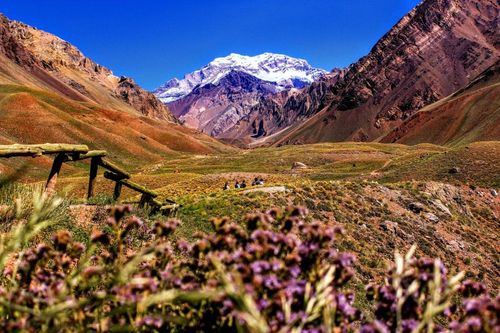
3. Argentina Is A Land of Geographical Extremes
Argentina is a country of fun contrasts in South America. For instance, it has the highest peak in the Western Hemisphere (Mount Aconcagua), and one of the world’s lowest points below sea level (Laguna del Carbón).
The Andes Mountains line its west, while the Pampas stretch across the center. In the south, Patagonia has both glaciers and deserts, while in the north, subtropical rainforests surround Iguazú Falls. These geographical extremes make Argentina a must-visit for those seeking both adventure and unique views.

4. Mate Tea and Asado: Argentina's National Icons
Mate tea, a key part of everyday life in Argentina, is celebrated on November 30. This drink, made by steeping yerba mate leaves in hot water, is shared and drank through a metal straw, the bombilla, from a gourd.

Did you know that Argentina consumes more red meat than any other country?
That interesting facts explains why Asado is the most famous barbecue in Argentina. Red meat cuts, mainly tira de asado (short ribs), vacio (flank or bavette steak), and matambre (flank steak) are cooked slowly over wood or charcoal. Making an Asado means family and friends come together for hours sharing food, drinks, and memories.

5. Argentina Has the World’s Largest Dinosaur
Argentina’s wide plains have always been an important discovery area for archeologists. It is believed that giant dinosaurs, such as the Argentinosaurus, roamed those regions for centuries.
In 2012, scientists found a new type of titanosaur fossil in the Patagonian deserts of Argentina. So, this dinosaur is possibly the largest land animal ever found. In fact, it could have been over 120 feet long and heavier than the Argentinosaurus. The fossils also show it lived about 98 million years ago during the Late Cretaceous period.
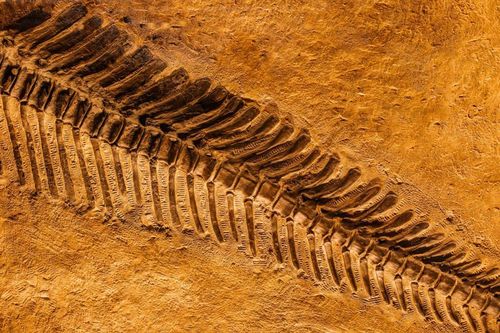
6. The Pampas is Still Home to the Cowboys
The Pampas is a large plain covering much of central Argentina, known for being a major area for grain farming and beef cattle production. Indeed, the Pampas and Patagonia were the first places where gauchos, or Argentine cowboys, lived since the 1700s. These horsemen usually wear wide-brimmed hats, baggy pants, and leather boots. They led a nomadic life while herding cattle.
Even though modern farming has changed their way of life, many still work on ranches and continue to ride, care for cattle, and share stories. Gauchos, the Argentine version of cowboys, are still popular today, especially at rural festivals and rodeos. There, they show off skills like lassoing and branding cattle.
![]()
7. Pato is the National Sport, Not Soccer
Can you imagine Argentina’s national sport not being soccer? Football is the first thing that comes to mind when we think of Argentina, a country known for producing legends like Diego Maradona and Lionel Messi.
To everybody’s surprise, Argentina’s official national sport is Pato, not football. Pato, a mix of polo and basketball on horseback, was named the national sport in 1953. The word “pato” means duck in Spanish because players used a live duck wrapped in leather as the ball. Today, riders on horseback aim to throw a ball through a hoop.
While soccer is undeniably more popular today, Pato reflects Argentina’s rural roots and gaucho traditions. Who would’ve guessed this fun facts about Argentina, right? Especially in a country so passionate about football that it even has the Maradonian Church!
8. It Snows in Argentina's Deserted Puna Region
The Puna region in northwest Argentina has a desert climate unique in the world. At high altitudes, often above 3,500 meters, the Puna sees snow in winter, near Salinas Grandes and the Andes. The altitude causes huge temperature swings, with warm days and freezing nights. Adventure visitors are drawn to see Argenina’s mix of salt flats and snow-covered mountains.
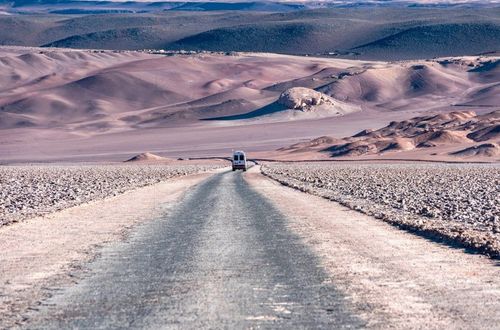
9. Argentina Has Had Two Female Presidents
Argentina has had two female presidents since it declared independence from Spain on July 9, 1816. The first was Isabel Perón, affectionately called Evita, who took office in 1974 after her husband’s death. She is still remembered as a cultural icon for her support of workers’ rights and women’s voting rights.
Years later, Cristina Fernández de Kirchner was elected, serving from 2007 to 2015. She was the first woman elected as president and pushed for social reforms and regional cooperation.

10. Argentina Is the World’s Top Malbec Producer
Argentina is one of the top five wine exporters in the world. Its Mendoza region, at the base of the Andes mountains, has high vineyards and a dry climate, perfect for growing grapes. The Malbec grape, originally from France, is now Argentina’s most famous wine. It has a strong taste and smooth finish. Other popular wines from Argentina are Cabernet Sauvignon, Torrontés, and Syrah.
11. Buenos Aires Is The Paris of South America
Buenos Aires, Argentina’s capital city, is often called the “Paris of South America” because of its European-style architecture, arts scene, and café culture.
In the late 19th and early 20th centuries, many European immigrants, mostly from Italy and Spain, came to Argentina. This changed the city’s buildings, lifestyle, and culture. Argentina hired European architects to create French neoclassical and Art Nouveau buildings. This is why areas like Recoleta, Avenida de Mayo, and Teatro Colón resemble parts of Paris. The city also grew a prolific art scene, with theaters, literature, and café culture influenced by Europe.
Another Fun Fact About Argentina: Buenos Aires has the most bookstores per capita in the world
Thinking of Visiting Buenos Aires? Don’t travel without your Yoho Mobile eSIM

12. Argentina's Ushuaia is the Gateway to Antarctica
Did you know that the southernmost city in the world is located in Argentina? Ushuaia, known as the “Gateway to Antarctica,” is the closest city to the white continent. This means that any tourist or research trip to Antarctica begins there.
Travelers from Ushuaia typically take two days to cross the Drake Passage to get to the Antarctic Peninsula. This city also provides access to Patagonia, Tierra del Fuego National Park, and many animals, such as penguins and sea lions.
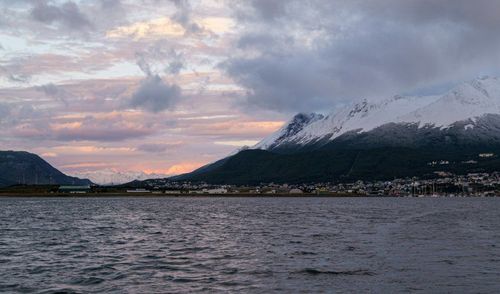
13. Argentina Has One of South America’s Best Wildlife Spots
Argentina’s Atlantic coastline stretches over 4,700 km. The Valdés Peninsula, a UNESCO World Heritage Site, is a vital breeding area for southern right whales, elephant seals, and Magellanic penguins. It’s one of the best wildlife spots in South America for people who love the ocean and nature.
A fun facts about Argentina’s sea life is the unique way orcas hunt along the Valdés Peninsula. This area is one of the few places where orcas use a surprisingly smart hunting method "strand feeding. Orcas beach themselves to catch seal pups from the shore.
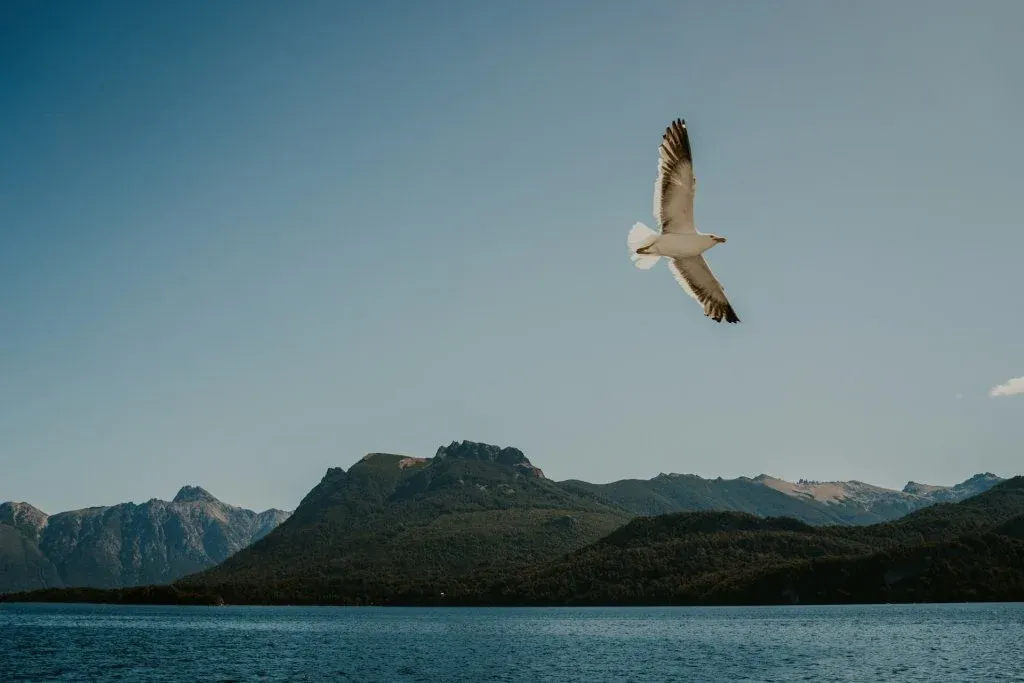
14. The Rufous Hornero Is Argentina’s National Bird
Argentina’s national bird is the rufous hornero (Furnarius rufus), often called “el hornero” or “oven-maker.” This reddish-brown bird is found in cities and the Argentinian countryside.
The Rufous Hornero has impressive skillful nest-building, it creates mud nests that look like small clay ovens and that are sometimes reused by other animals. In fact, this bird can thrive in different places, including urban areas. That is why this bird embodies hard work, resilience, and unity—values important to Argentinians.
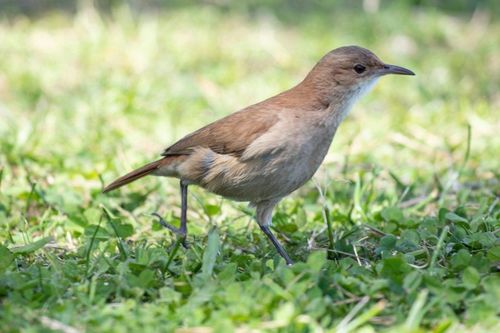
Another famous animal is the Andean condor, similar to the American bald eagle in South America. Both birds stand for strength and freedom as national symbols. The Andean condor is one of the largest flying birds, with a wingspan of up to 3.3 meters (10.8 feet). In Andean stories, it is seen as a spirit protector that helps guide the soul to the afterlife.
In the Andes mountains, the condor is a vital scavenger that helps keep the environment clean by eating dead animals. However, it now faces threats from habitat loss and poisoning. Conservation efforts in Argentina aim to protect this majestic bird.
15. The Obelisk of Buenos Aires Was Built in Just 31 Days
The Obelisk of Buenos Aires, or Obelisk, was built in only 31 days as part of an ambitious urban renewal project in 1936. Such quick construction was made possible by careful planning and modern building methods. Designed by Argentine architect Alberto Prebisch and executed by the German company G.E.O.P.E. They used pre-cast pieces and reinforced concrete to speed up the work.
The Obelisk of Buenos Aires stands at the central crossroads of Corrientes and 9 de Julio avenues. Built to mark 400 years since the founding of the city, it represents a new, modern Argentina. It was completed along with other other upgrades, like nearby subway lines.
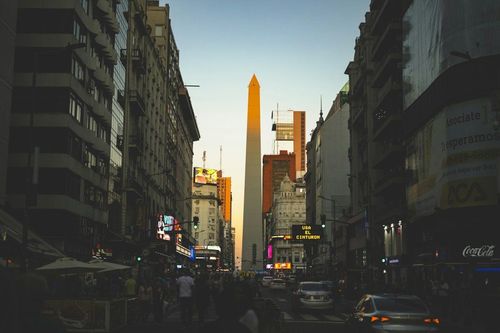
Other Fun and Random Facts About Argentina
- Argentina is the largest Spanish-speaking country by territory
- The Argentine Peso Once Matched the US Dollar
- Italians Make Up the Largest Immigrant Group
- Some of the most famous Argentinians are Che Guevara (El Rosario) and Pope Francis (Buenos Aires)
- The World’s Widest Street is in Buenos Aires
- Argentina Is a Leading Soybean Exporter
- First Animated Film Made in Argentina
- Argentina Once Had Five Presidents in 10 Days in 2001
- Argentina is a World Leader in Psychoanalysis
- Argentina Legalized Same-Sex Marriage in 2010
- Argentina’s Summer Falls in December
FAQs About Argentina Fun Facts
What is Argentina most famous for?
Argentina is most famous for its tango dance, its prime beef and wine (Malbec) production, passionate football (soccer), the Andes Mountains, Patagonia, and iconic figures like Eva Perón, Diego Maradona, and Lionel Messi.How big is Argentina compared to the US?
Argentina is significantly smaller than the US. In fact, Argentina is the 8th largest country in the world, while the United States ranks 3rd. Seen differently, the U.S. is 3.5 times larger than Argentina in terms of total land area and Argentina is roughly 28% the size of the United States.Traveling to the U.S. soon? You will need an eSIM that covers the whole territory.
Is Argentina bigger than Mexico?
Yes, Argentina is much larger than Mexico. Argentina covers around 2.78 million square kilometers, while Mexico has an area of about 1.96 million square kilometers.If you are planning to travel to Mexico, check the best eSIM for you.
